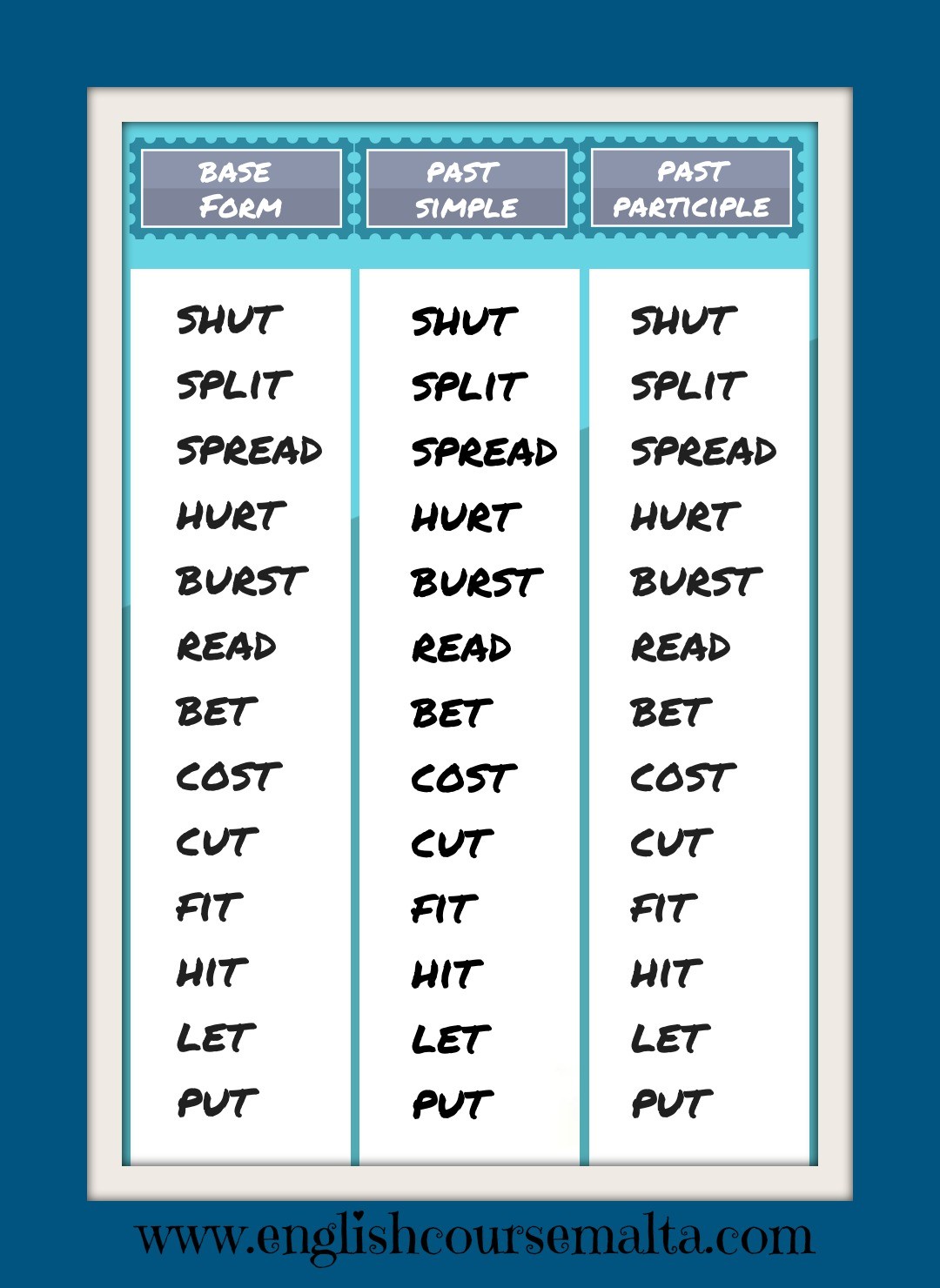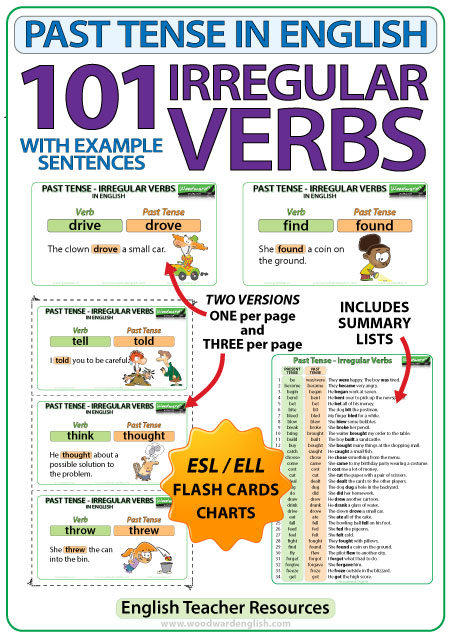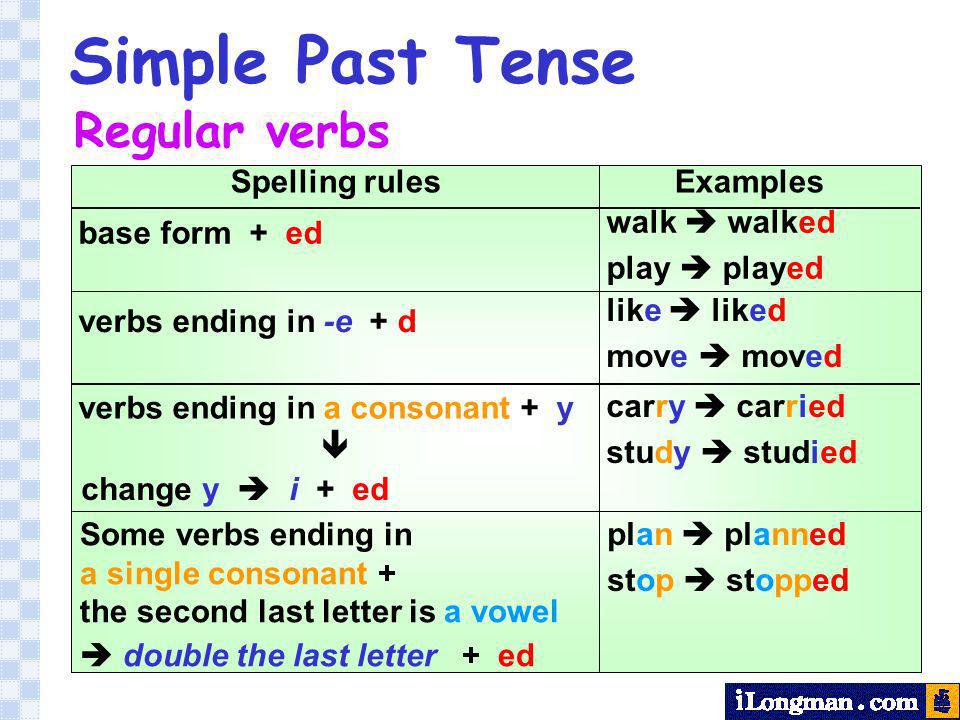
The single‐route model (e.g., Bybee & Moder, 1983) holds that all morphological productivity-both regular and irregular-can be attributed to a single associative process (essentially the same process that the dual‐route model assumes for irregulars only). To do so, we need to investigate a phenomenon for which the two accounts make different predictions: production of regular inflection. However, since the single‐ and dual‐route models make identical predictions with regard to the effect of similarity‐to‐irregulars, it does not help to adjudicate between the two accounts. Indeed, this prediction is supported in elicitation studies with adults (e.g., Albright & Hayes, 2003 Prasada & Pinker, 1993), as well as in a judgment task with children (Ambridge, 2010). Thus, with regard to novel‐verb studies, the single‐ and dual‐route models make an identical prediction: The likelihood of a novel verb being produced in irregular past‐tense form is positively associated with its phonological similarity to existing irregular verbs. If an irregular form cannot be retrieved directly from memory (i.e., if the representation is weak or absent), it is generated by analogy to phonologically similar stored forms (e.g., if the past‐tense of know has not yet been learned, knew may be generated by analogy to blow/blew and throw/threw). This study uses an elicited production paradigm to investigate which of these assumptions best accounts for young children's morphological productivity.įor irregular past‐tense forms (e.g., kept, stole), the single‐ and dual‐route models assume, in effect, identical mechanisms: Both accounts assume that these forms are stored in associative memory and used in analogical generalization. Specifically, the emergence of “overregularization” errors in children's speech (when regular inflections are applied to verbs that require irregular inflection e.g., *keeped, *stealed, *hitted) has given rise to two opposing accounts of children's morphological productivity: the dual‐route model (e.g., Prasada & Pinker, 1993), which posits that overregularization reflects the use of a formal morphological rule (i.e., add “– ed”), and the single‐route model (e.g., Bybee & Moder, 1983), which posits that overregularization reflects analogy across stored exemplars (e.g., peel/peeled, heal/healed, steal/*stealed). English past‐tense morphology, which is characterized by its clear distinction between regular (e.g., kick/kicked play/played) and irregular (e.g., keep/kept steal/stole) patterns of inflection, provides a particularly suitable framework to adjudicate between these two approaches.

Results indicate that children's acquisition of the English past‐tense is best explained by a single‐route analogical mechanism that does not incorporate a role for formal rules.Ī major debate among cognitive scientists is whether a speaker's ability to produce novel sentences and morphologically inflected forms should be attributed to symbolic rules that act over abstract categories (e.g., Chomsky, 1965 Prasada & Pinker, 1993) or to a mechanism that analogizes across stored exemplars (e.g., Bybee & Slobin, 1982 Rumelhart & McClelland, 1986).

Past‐tense forms of novel verbs were elicited by prompting the child to describe what the animal “did yesterday.” Collapsing across age group (since no interaction was observed), the likelihood of a verb being produced in regular past‐tense form (e.g., gezzed chaked) was positively associated with the verb's similarity to existing regular verbs, consistent with the single‐route model only.

Children (aged 3–4 5–6 6–7 9–10) saw animations of an animal performing a novel action described with a novel verb (e.g., gezz chake). In contrast, the dual‐route model (e.g., Prasada & Pinker, 1993) posits that regular inflection requires use of a formal “add ‐ ed” rule that does not require analogy across regular past‐tense forms.

The single‐route model (e.g., Bybee & Moder, 1983) posits that both regular and irregular past‐tense forms are generated by analogy across stored exemplars in associative memory. This study adjudicates between two opposing accounts of morphological productivity, using English past‐tense as its test case.


 0 kommentar(er)
0 kommentar(er)
